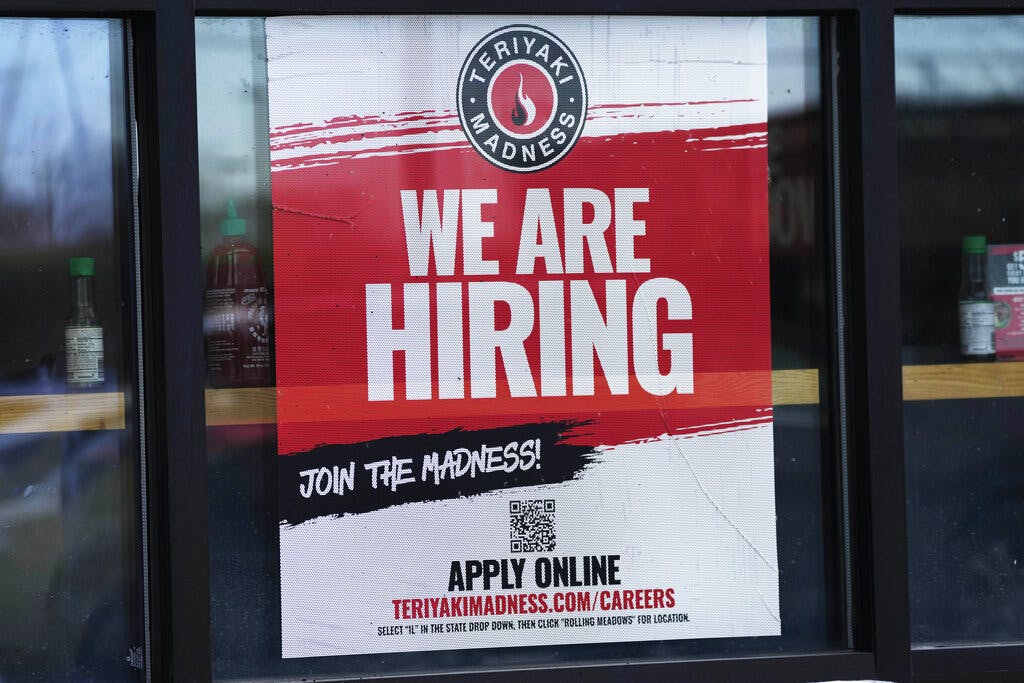Blowout Jobs Report Means Workforce Is Earning Its Hike
Not even a good jobs report, though, can erase the affordability crisis.

So, we had a blowout jobs report. More than twice the consensus expectation. I know many of my conservative friends are trying to drill holes in it, but you know what folks, it is what it is. A very strong report.
Not every economic stat should be viewed through a political lens. I’ve been in this business a very long time and sometimes you just have to throw away the ballot box and just recognize the numbers. They are what they are. This was a very strong report.
A 353,000 gain in non-farm payrolls is a very big number. The prior two months were revised up by 126,000, another big number. And the bottom line here is: more Americans are working. That is a good thing.
Also a good thing: worker wages continue to improve. Average hourly earnings for production workers — a.k.a. middle-class, blue-collar folks — are now up to 4.8 percent over the past 12 months.
And their rate of productivity — that is, output per hour, a very important economic efficiency and growth indicator — rose 2.7 percent last year. So, the workforce is earning its pay hike.
Plus, over the past three months, inflation-adjusted real wages increased by 4.5 percent so typical working families got a nice real wage boost, for a change.
Unfortunately, over the duration of Joe Biden’s presidency, real average hourly earnings are still down 2.4 percent. That’s the affordability crisis I’ve talked about so often. Not even a good jobs report can erase that problem.
Through December, the latest available data showed that real average weekly earnings have fallen almost 5 percent. That’s why the recent TIPP poll shows that 64 percent of Americans are still living paycheck to paycheck. It’s the affordability crisis.
January’s very good jobs report does not erase the fact that food prices are up over one-third, gasoline up nearly 30 percent, and the consumer price index in total up nearly 18 percent.
And a lot of big-government Biden spending is behind all these numbers. Over the past year, for example, while nominal GDP is up $1.5 trillion, federal debt has increased $2.5 trillion. That’s a lot of spending and borrowing.
Last year’s budget deficit was $2 trillion. This year’s is probably going to run more than $2 trillion. Despite low unemployment and a resilient jobs market, the Bidens are still running a roughly 8 percent deficit-to-GDP rate, which is unheard of in a peacetime recovery.
Government spending in the new fiscal year is already up 8.5 percent.
There are some glitches in the January jobs report. For one, the small business household survey declined 31,000 after falling 683,000 in December. That’s not good.
And none of this jobs euphoria jives with proliferating layoff reports. Challenger Gray reports over 82,000 layoffs in January — over 23,000 of that coming from the financial industry, another 16,000 from the tech sector, and over 6,000 from food producers.
So, the good number is the good number. We’ll see, though, if it is sustainable throughout this year. Meanwhile, a word to Wall Street: the Fed may not cut interest rates in my lifetime.
From Mr. Kudlow’s broadcast on Fox Business News

